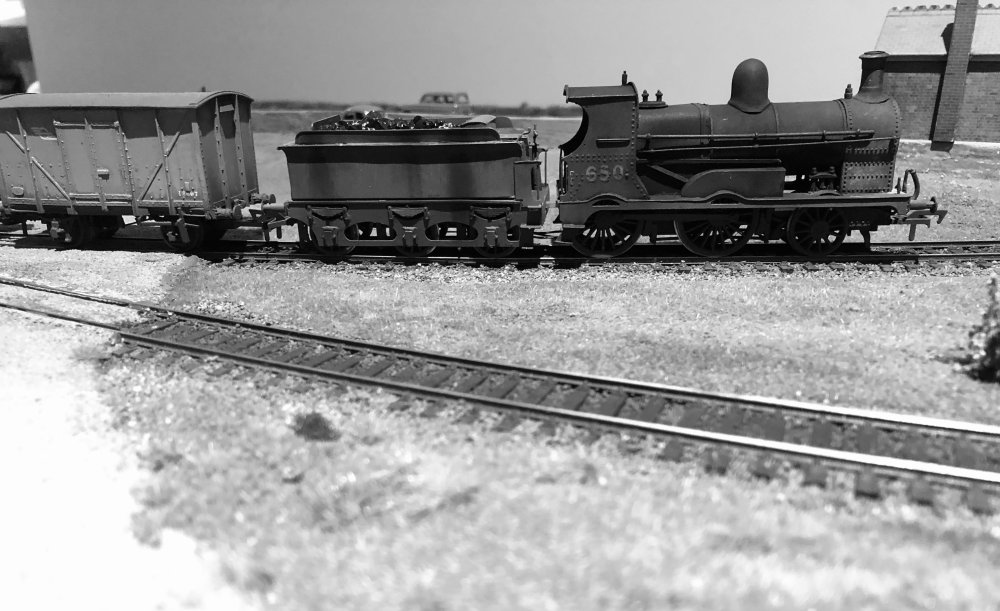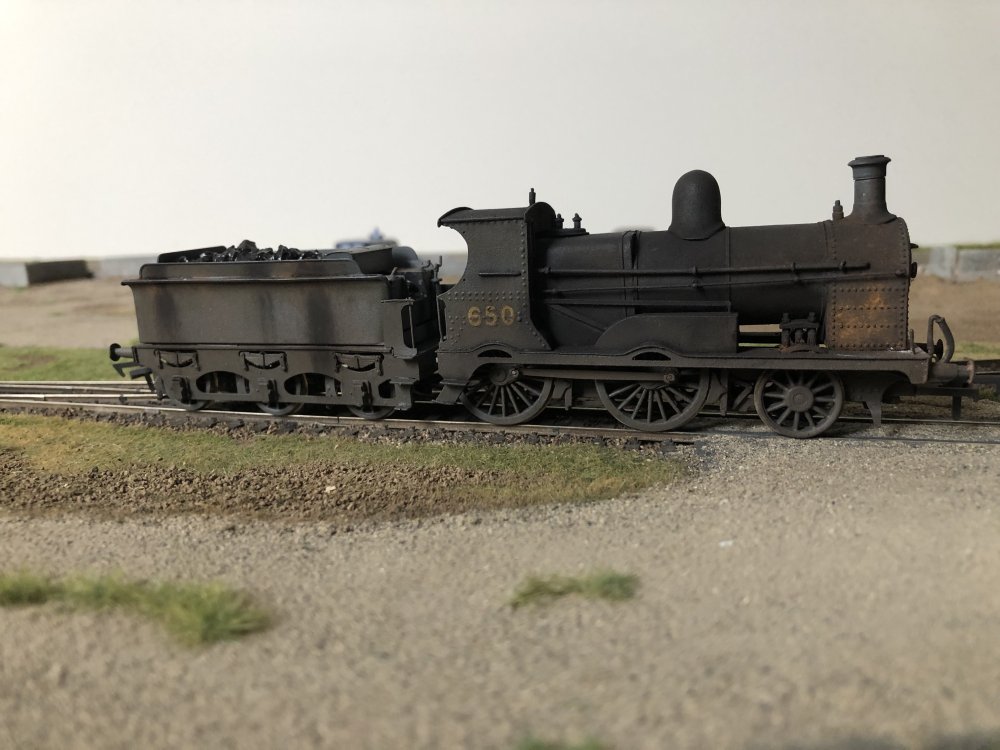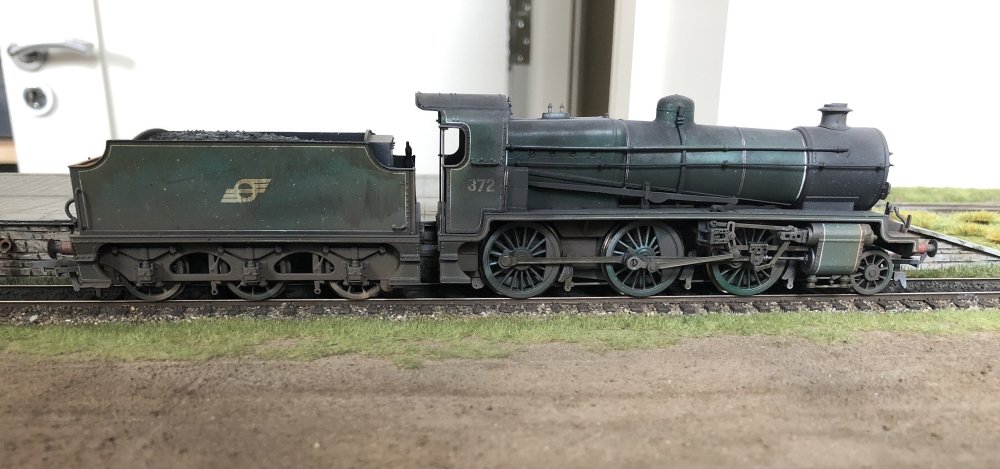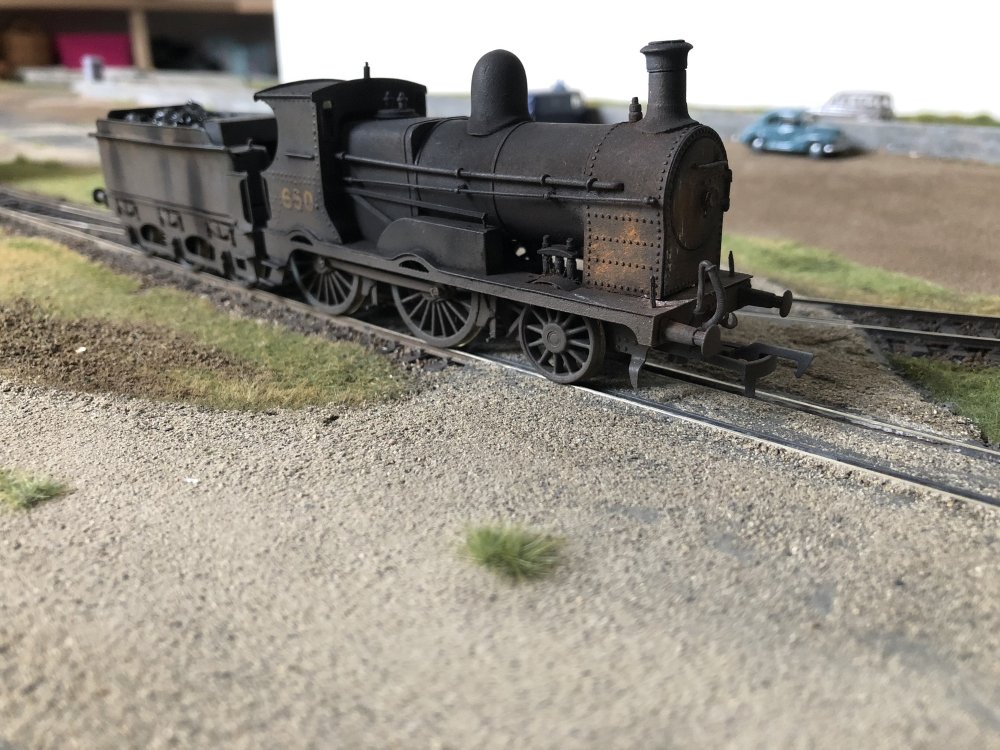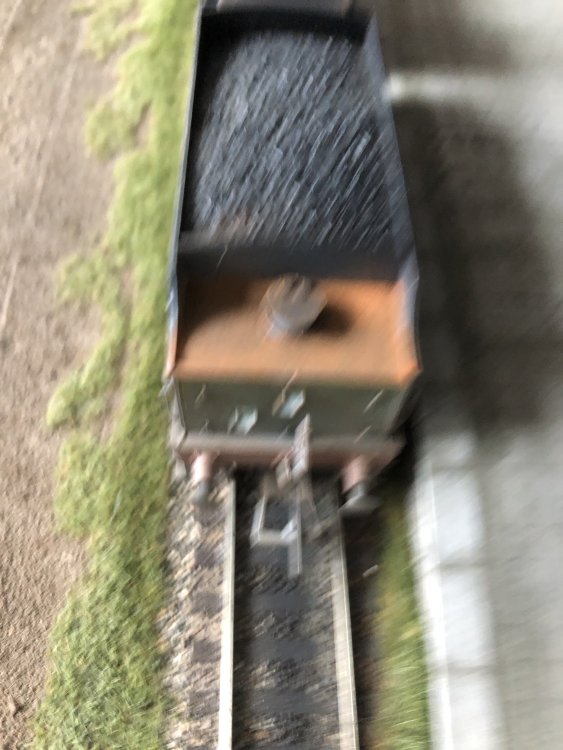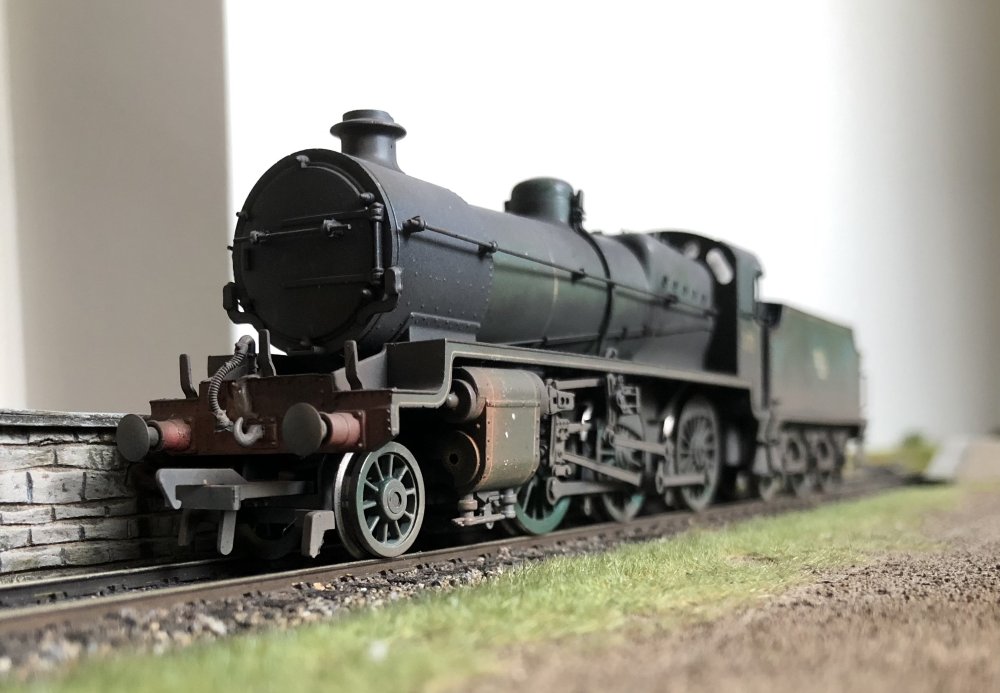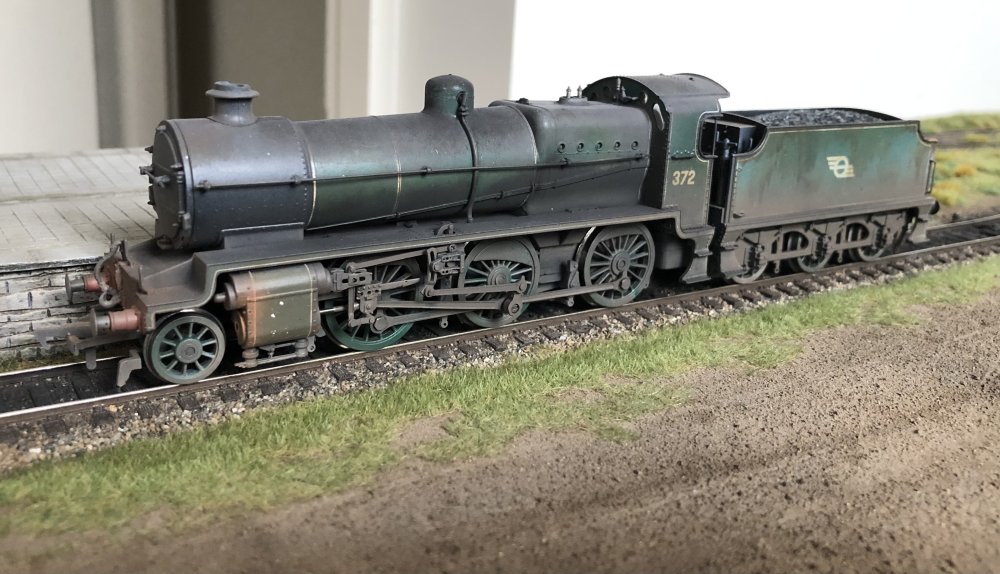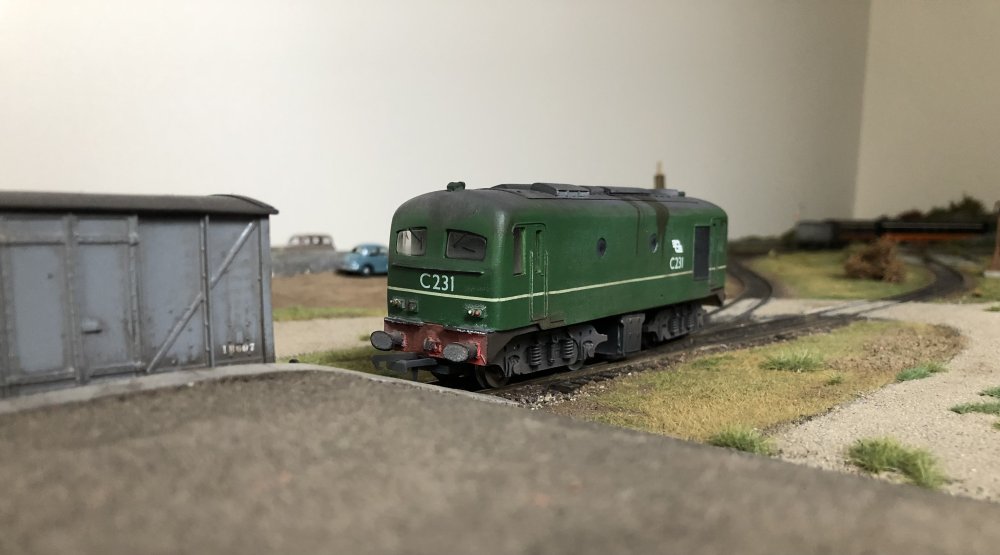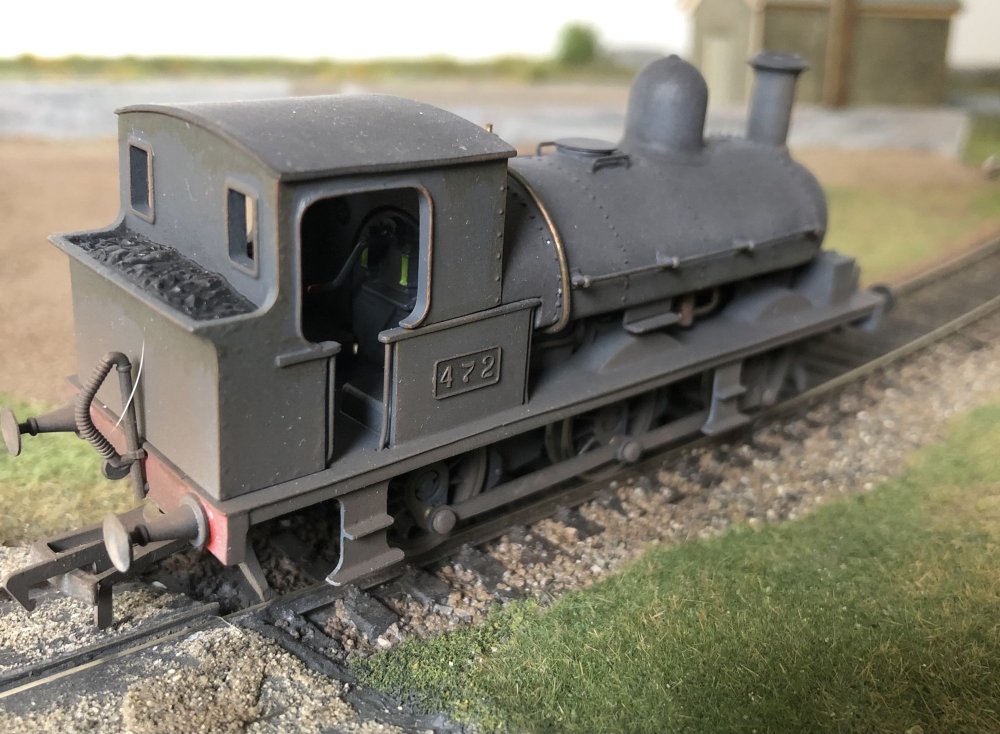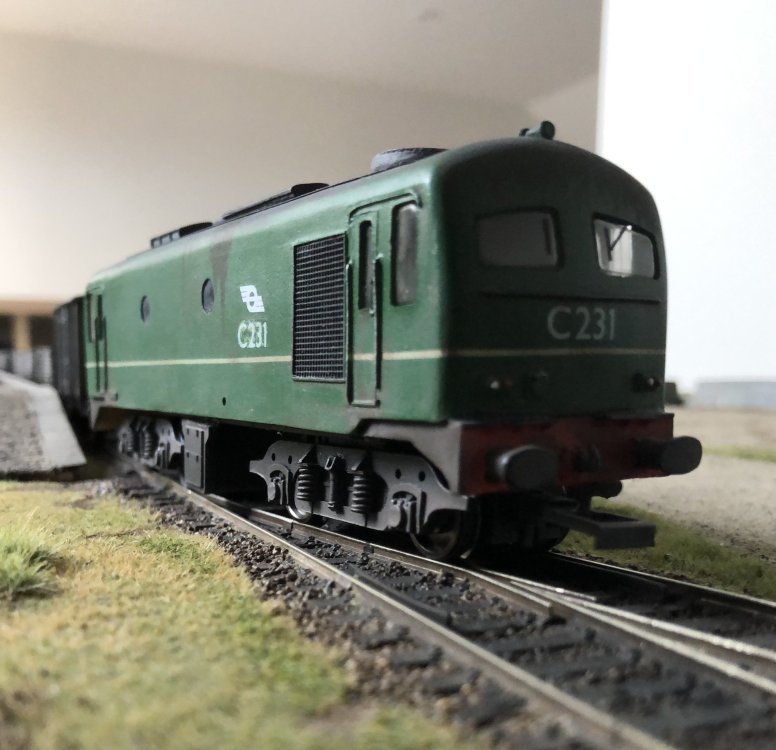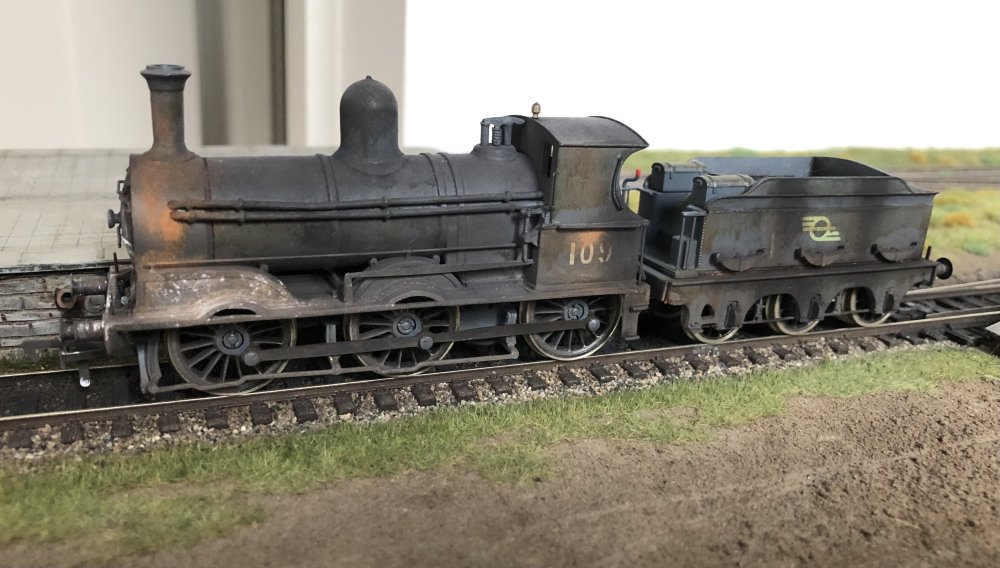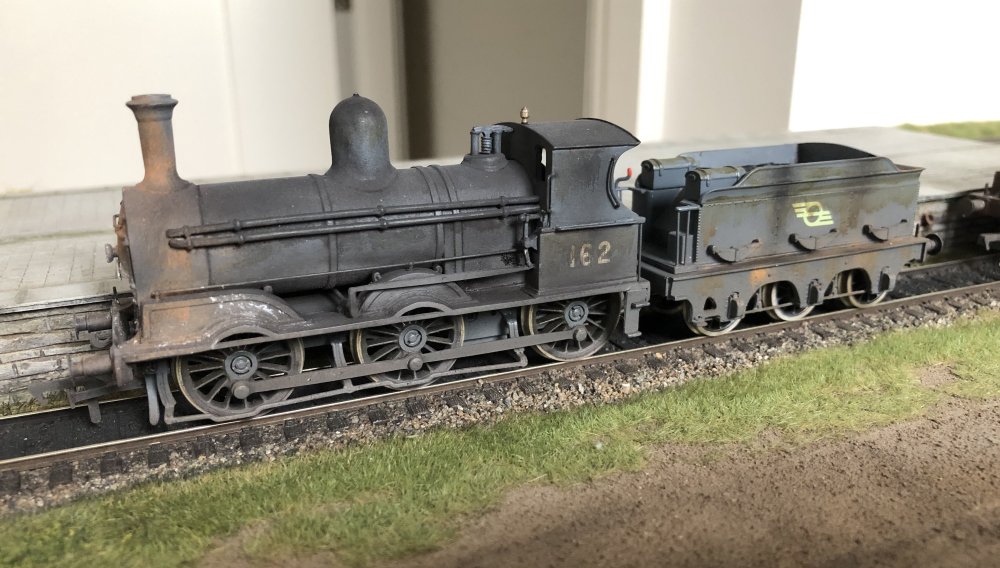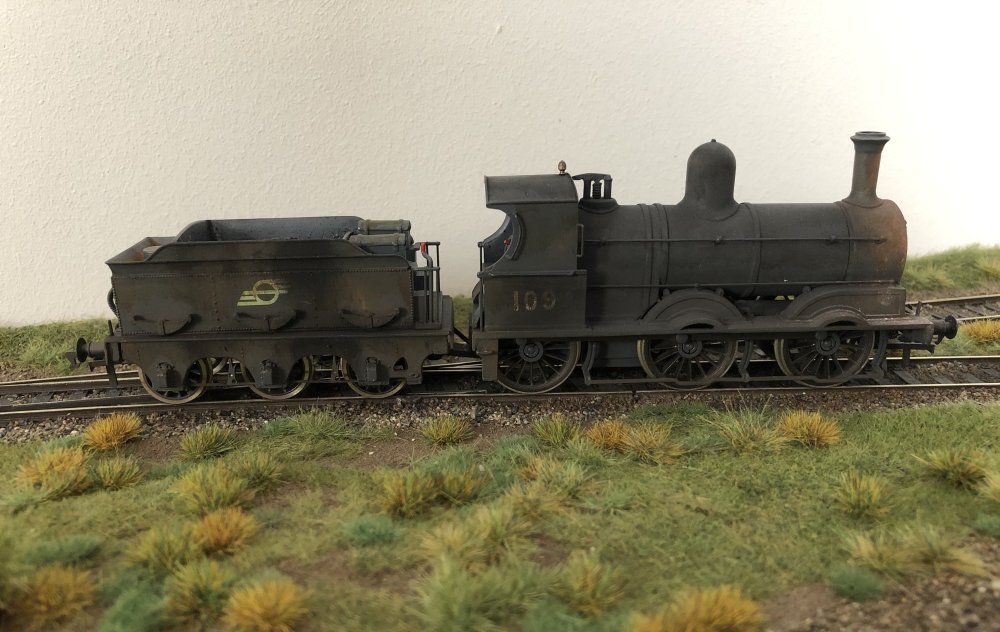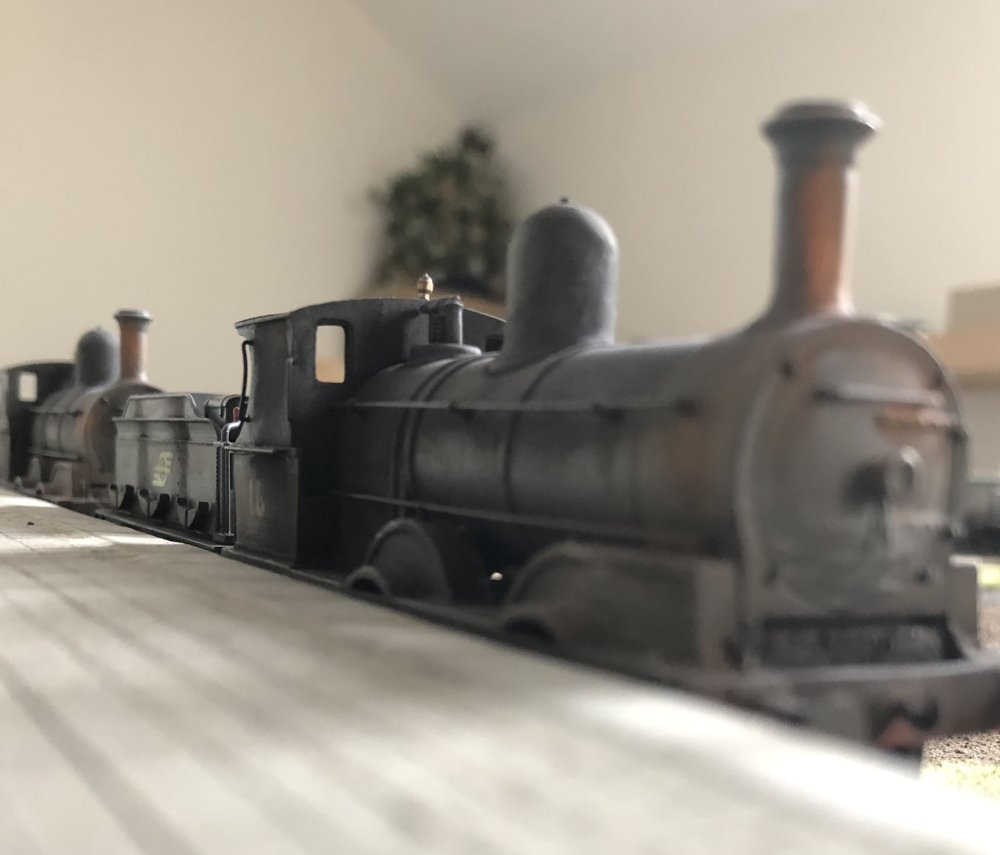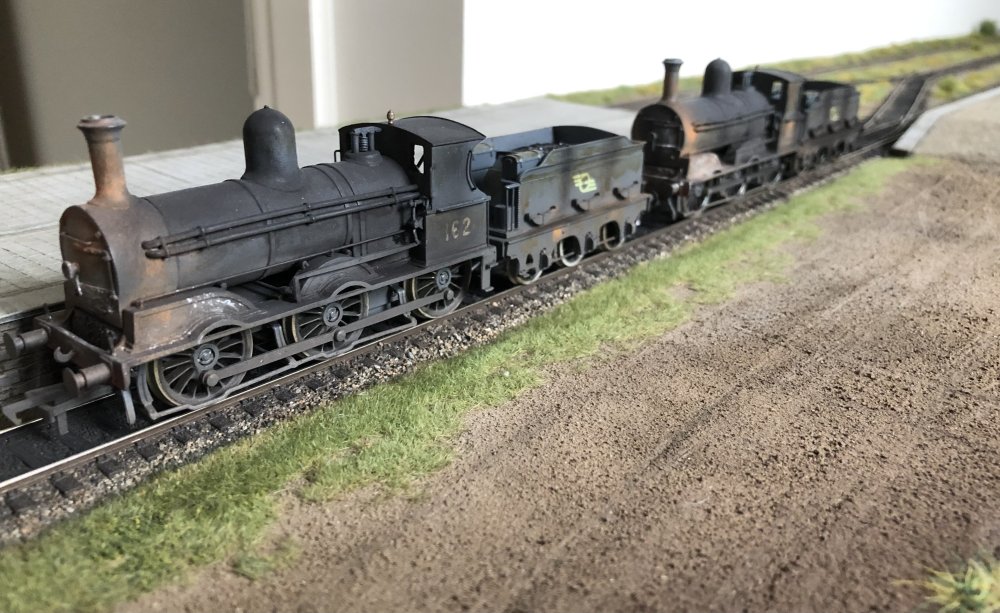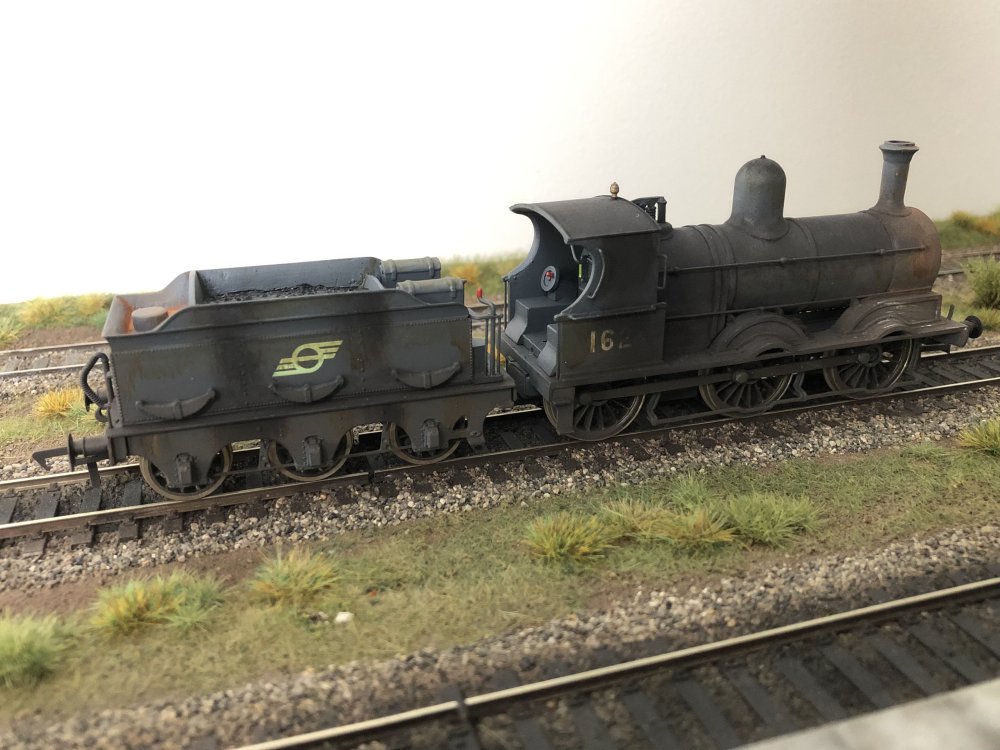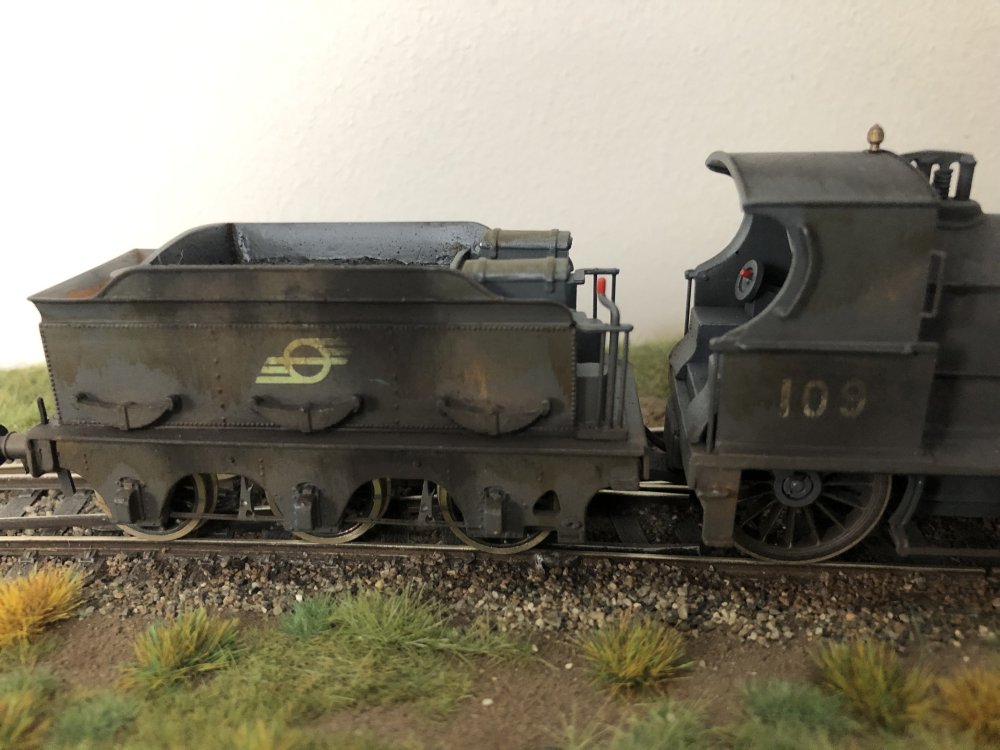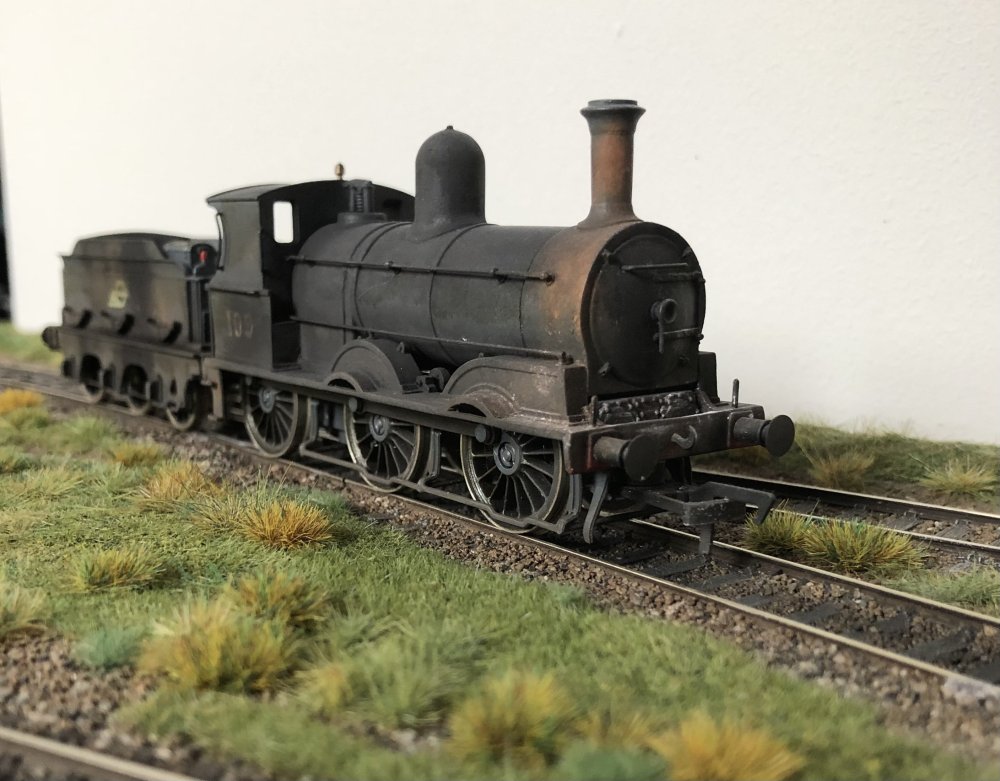-
Posts
15,923 -
Joined
-
Last visited
-
Days Won
394
Content Type
Profiles
Forums
Events
Gallery
Blogs
Community Map
Everything posted by jhb171achill
-
The UTA bus from Great Victoria Street to Dunmurry, Lambeg, Lisburn and Brookhall Mill is quiet tonight, though packed. A full night shift on it - girls from Lisburn Road, the "Village" and Stranmillis, but no conversation. Happy Christmas to the mill owner on the Malone Road....but the bus girls, they've rent to pay. Cigarette smoke, musty upholstery and condensation on the windows fill the claustrophobic atmosphere. On Christmas Day, the last train left Belfast at 5.12 - too early. Tonight, the shift gets the girls a shilling extra. Tomorrow, it's back to the train - the "GNR".
-
We have, actually, considered various ideas. When we started "Rails Through the West", it was never meant to be anything other than a one-off. Both of us were - and still are - busy with other projects of our own. Then "Rails through North Kerry" was borne of one night's slide viewing, and long discussions which followed. And so on. We've both agreed that if and when the day has 25 hours, the week has nine days, and the year has fifteen months; and we both become insomniacs, gawd knows what we'll come up with. But as of now, we've one more thing on the boil. We'll see after that. I'm in the middle of a separate project, and Barry is also. With covid, both of the the historical archives that we need to get into, in our own separate projects, are currently closed to researchers. I'm hoping to get into one in the new year; the other, which both of us need separately, is not yet available. So a series, as such, probably not - due to time and "life" getting in the way; we will jointly and separately plough on, however, and see what the future holds.
-
Hugely appreciated, John, and I will relay your comments to Barry too! Enjoy, and Happy Christmas!
-
With both the "A"s and "C"s, Angus, some had the light green waistline and some didn't! It's a bit like the "dayglo" reddish-orange patches on the ends of 141s and 071s in the dying days of the "tippex" livery - some had it and some didn't. Same with the yellow patches on the ends of all-black locos in the mid-1960s; some had the yellow on the ends and some didn't.
-
Yes, John, very much so. In the model world, bright colours almost always look toy-like; be they on locos, rolling stock, or scenery even. Hence my trepidation, given the excellence of detail of the models straight out of the IRM box. However, reality, if wished for, demands silver locos not only to be weathered, but very heavily so!
-
Superb stuff; a life long gone.
-
They were put there by Model Rail Baseboards - so I'm not sure exactly what's in them, as they were complete when delivered. They are surfaced, as is the ground, with real sieved earth, which certainly seems to be the most realistic finish I've seen, though it still needs a good bit of finishing in places (and buffer stops are needed!). The platform where the J15s and the Woolwich are pictured is the cattle bank, surfaced with imitation paving stones (as prototypical) marked out. The platform sides are scribed plastic, painted and weathered.
-
I should also add that weathering was done with the aid of photos of actual examples of the particular class in a typical state. I say typical - this is for the late 1950s / early 60s period - a decade earlier they would have been much cleaner, though rarely pristine. In this late stage some were actually a lot worse than above. All bar the Woolwiches are actually in the grey livery - this shows how very dirty this could get. Of course, the green could also, as could black. As I've often mentioned before, you only have to look at the supposedly cherry red Donegal tanks, or the "sky blue" GNR locos in their last days when cleaners were paid off - many of these were so dirty that the red or blue was literally invisible, at least on parts. Light grey 121s started life surrounded in places by steam locos, but even after steam had ended, light grey was not the most practical livery to keep clean. Before they were repainted in black'n'tan, some of those got into a very unkempt state too; another weathering job for the future on my grey 121! Weathering seems best done with photos as reference, judging by the excellent efforts of others here too.
-
Meant to add, all weathering by "Dempsey". Now, how do I pluck up the courage to allow a coat of filthy sludge to cover the silver and green "A"s which I was fortunate enough to get!
-
The steam fleet at Dugort Harbour. 2 x 00 Works J15s 1 x SSM J15 (not shown) 2 x Bachmann “Woolwich” (one shown, the other awaiting weathering) 1 x JM Design G2 2.4.0. 1 x 00 Works 472 class CBSCR 0.6.0T. Plus a Silverfox “C” class makes an appearance…. Diesels to follow.
-
Yes, but I don't want to discuss the price!
-
Just looking for my smelling salts…..!
-
Yes, and all the more reason that it’s a shame none survived! There were at least two in traffic right to the end of steam.
-
Absolutely superb info. Hadn’t thought of this spherical approach - was thinking of putting buildings or trees in corners to hide the sharp right angle. Any thoughts on that?
-
Many thanks to all above for those valuable suggestions. The corners are actually an issue I hadn't thought of. Mine will need to go all round an L-shaped area so will have four corners to negotiate.
-
Ideally I’d like a bleak western landscape with turf bog and very distant mountains, but the ID ones look good, as do a couple of other manufacturers. Peco have just unveiled a nice photo one.
-
A query.... I remember seeing a description somewhere of a layout which struck me as having quite exceptionally realistic scenery. I think it was in a report of some exhibition in England. The owner / maker of it was asked about his backscenes, which blended perfectly with his 3D scenery on the layout and he mentioned that he had the scenes actually photographed of a particular location where his layout was set, and there was someone who could take the images and print them out as 00 scale backscenes. Does anyone here have any thoughts on this? I can't help feeling it would be expensive and barely worth the trouble for general open countryside - but I would be interested in any information if anyone has it.
-
I've been talking to more and more British people who use addresses of friends and relatives here, and Irish people who use addresses of friends and relatives in Britain or the north, when dealing with issues outside the jurisdiction within which they live. Personally, I'm among them. Talking to a few friends over last weekend, most of them do the same, and have suitable contacts. Methinks neither Leo nor Boris will get quite the cut they might have hoped for. I certainly hope so.
-
Happy Christmas to all here.
-
Someone told me that the GSR's "Bri Cualann"* is a tragically incorrect translation, but CIE's "Bré" is even worse! (* excuse missing fadas etc)
.png.c363cdf5c3fb7955cd92a55eb6dbbae0.png)




